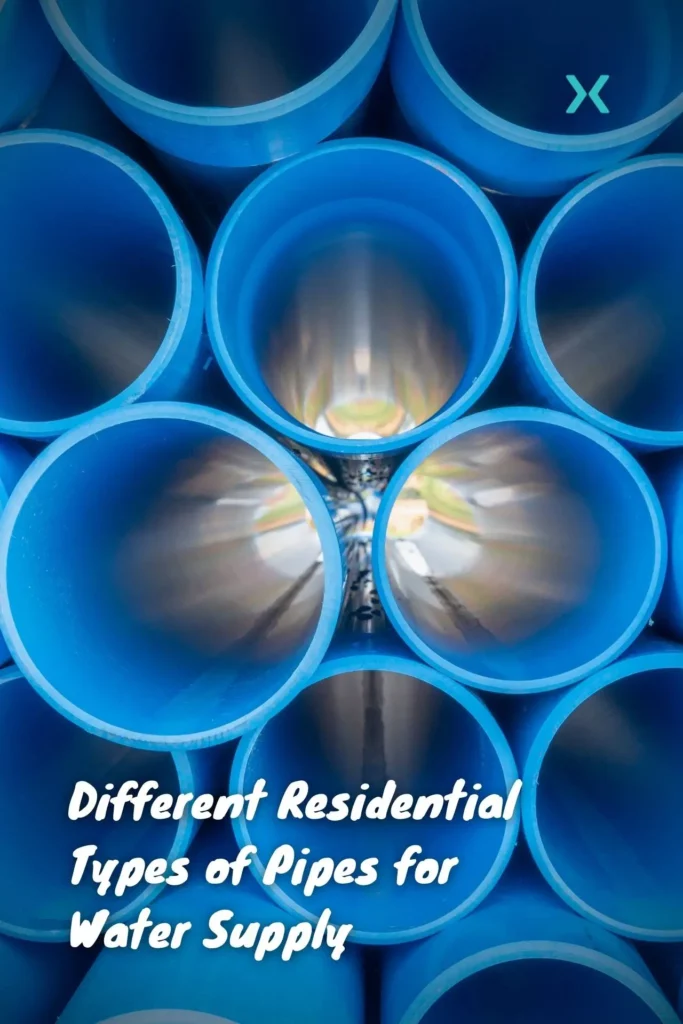💧 The Different Residential Types of Pipes for Water Supply
Picking the right kind of residential plumbing pipe can be a real challenge. There’s a grand variety of plumbing pipes available on the market today, all with their own benefits and drawbacks.
To help you make sense of them all, we’ve broken down the most popular types of plumbing pipes into how they’re made, their best applications, and their costs. So why wait? Let’s get started!
Table of Contents
💧 Types of Plumbing Pipes
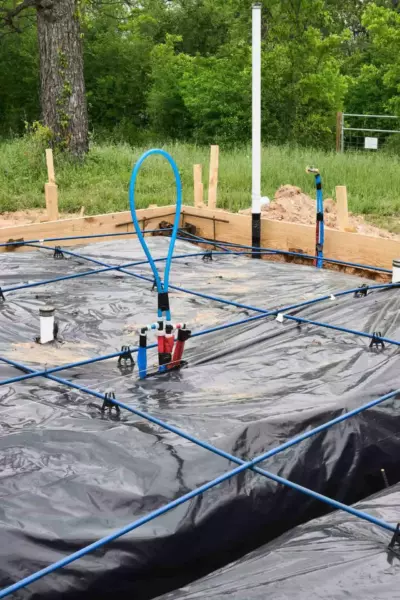
Keep reading to explore the different types of pipes used in residential construction in more detail, including what they are and their advantages and disadvantages.
This will help you make an informed decision about selecting the right pipes for your home’s water supply system.
💧 PVC Piping
What is it?
The PVC pipe is probably the most well-known of all the types of plumbing pipes.
Unlike the other restrictive metal pipes on the market, they offer a much more affordable and versatile option for connecting a plumbing system.
The plastic pipe design is corrosion resistant, which makes it reliable and durable for almost any water transportation.
That being said, PVC pipes can struggle with hot water and larger volumes of water.
If you need PVC piping that can withstand high pressure and temperatures, a CPVC pipe will be perfect for you.
A CPVC pipe is very similar to a PVC pipe but is treated with chlorinated polyvinyl chloride instead of regular polyvinyl chloride.
This makes it capable of enduring temperatures as high as 200°F (93°C), while a normal PVC pipe can only deal with around 140°F (60°C).
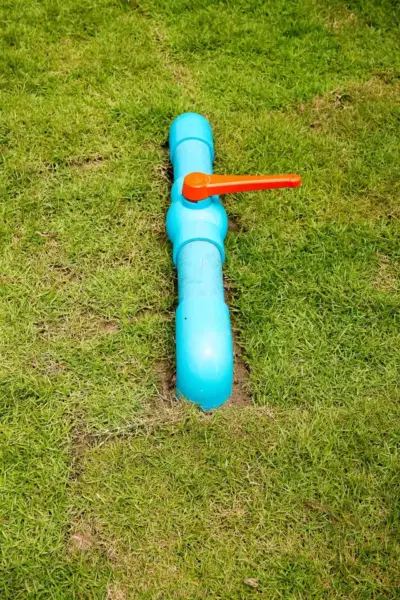
Applications:
PVC pipes can be used for drain lines from any drain in your home, such as the toilet, sink, or shower drain line. It can also be used for venting gases.
It shouldn’t be used for water supply, especially for transporting drinking water.
PVC pipes can potentially add harmful polyvinyl chloride chemicals to water, which can cause serious respiratory and reproductive issues if consumed.
Cost:
Your typical PVC piping shouldn’t cost you any more than PEX piping, with prices starting at 52 cents per foot.
However, this can go all the way up to $4.44*, usually for thicker PVC pipes.
* All prices referenced in this article are in USD and are correct as of January 2023.
💧 PEX Piping
What is PEX?
PEX pipes are a popular kind of durable plastic piping used for water supply lines.
The name comes from the type of plastic the PEX pipe is made of, polyethylene (PE), which is “cross-linked” (X) to create the pipe.
Cross-linked polyethylene offers several benefits to plumbers in terms of its performance and ease of use.
They can be produced with a range of different flexibilities, which makes them very versatile.
Yet, at the same time, the PEX pipe is also quite strong and reliable, unlike most other flexible pipe.
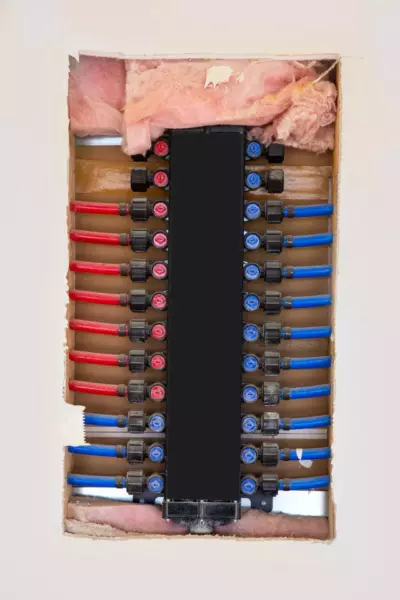
Applications:
PEX piping is typically used for water supply lines, be it drinking water, shower water, or toilet water.
They can be used for hot and cold water and easily connect to water distribution systems.
Cost:
PEX pipes are one of the cheapest in the market, selling between 50 cents to $2 per foot.
💧 ABS Piping
What is it?:
ABS (acrylonitrile butadiene styrene) pipes are lesser-known but effective plumbing pipes.
ABS pipes are black plastic pipes noted for their high reliability and lifespan.
They’re also much more durable in cold temperatures than other plumbing pipes.
However, there are still a few drawbacks associated with ABS pipes.
Direct sunlight can cause the pipes to warp, so homeowners must be mindful of where they’re installing them.
They also produce quite a bit of noise, which can become annoying or frustrating.
You shouldn’t have problems finding ABS pipes, as they are available in most home maintenance stores.
However, they aren’t up to code everywhere, so you’ll have to verify your local building codes before installing them.
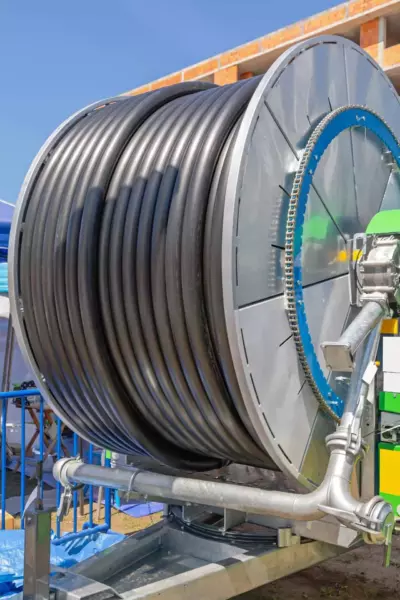
Applications:
Most installations would only use acrylonitrile butadiene styrene for sewer, drain, or vent line applications.
Cost:
These kinds of pipes start off more expensive than PEX or PVC pipes, with lower-end prices of $1.59 per foot.
And upper-end prices are even worse: the most expensive kind of ABS pipes cost $12.60 per foot!
💧 Copper Piping
What is it?
Copper pipes are very commonly used in plumbing systems.
This is largely thanks to how well they handle water.
First off, their corrosion-resistant attributes ensure high water quality.
They can also deal with both hot and cold temperatures without any problems either way.
Though strongly adaptable to both hot and cold water, they aren’t as adaptable to tight spaces.
Most copper pipes are quite rigid, which makes it difficult to install them in a limited space.
Fortunately, there exists a less rigid copper pipe called soft copper tubing.
However, they are more expensive than regular copper pipes, so you’d only want to use them where necessary.
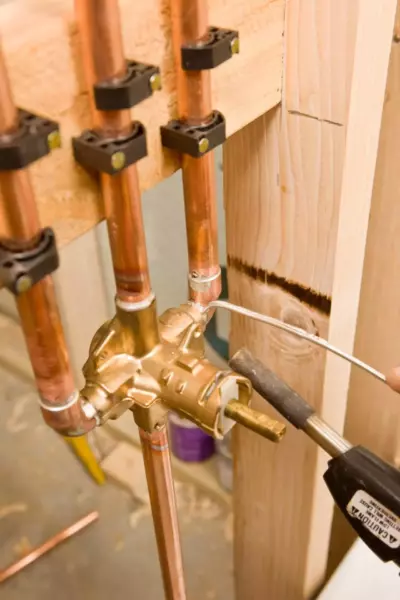
Applications:
Copper piping presents a solid alternative to PEX pipes for water supply.
They can do exactly the same job and won’t leach chemicals or other undesirable substances into your drinking water.
Because of this, they’ve been used in the plumbing industry for several decades.
The less rigid copper pipe can similarly be used for almost any purpose, with the addition of working in tight spaces.
Cost:
Copper pipes will definitely run you more than most other pipe materials, with costs ranging from a bare minimum of $2.33 per foot to $9.39.
💧 Cast Iron Pipes & Galvanized Steel Pipes
What is it?
Though nowadays less popular than other plumbing pipe materials, these two pipes are still quite common in households.
Both a galvanized steel pipe and a cast iron pipe are made with a combination of iron and carbon.
However, cast iron has a carbon concentration of around 2.5-4.0%, whereas galvanized steel is typically only 1% carbon and contains zinc, which “galvanizes” it.
Though these two are quite durable, they have recently been abandoned for plastic piping materials.
This is because plastic pipes are much cheaper and aren’t prone to rust and sediment buildup.
These can strongly affect water quality which can have negative consequences for your health.
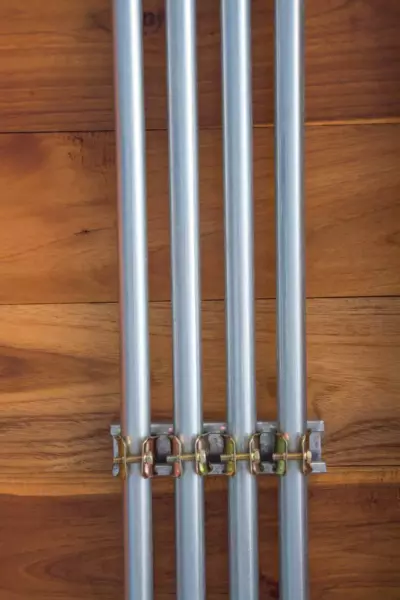
Applications:
A galvanized steel pipe can do almost any job, be it drain lines or gas piping.
On the other hand, a cast iron pipe is only normally used to drain into the sewage system.
The tendency of cast iron and galvanized steel to rust doesn’t make them great for incoming water supply lines.
Cost:
Galvanized piping is also a very expensive kind of piping, as galvanized steel pipe sells for between $2.90 per foot to $8.35.
But galvanized steel is still nowhere near as expensive as cast iron piping.
A cast iron pipe could see you paying around $30 per foot, and you’ll likely need to purchase an entire pipe for around $150 to $300!
💧 Final Thoughts

We’ve just discussed all the most popular types of pipes on the market, their possible applications, and their expected costs.
For most installations, plastic piping such as PEX will do the job better than many other piping materials, though, of course, you should practice caution with using a PVC pipe for water supply.
Installing plumbing piping can be a difficult task if you have little experience.
If you need assistance installing any pipework, Phyxter Home Services is here to help.
We offer residential plumbing repairs in several different locations across North America.
Have any other questions about your home’s plumbing system? Browse through the rest of our plumbing articles!
Related Reading: DIY Guide to 15 Common Plumbing Problems & Solutions

